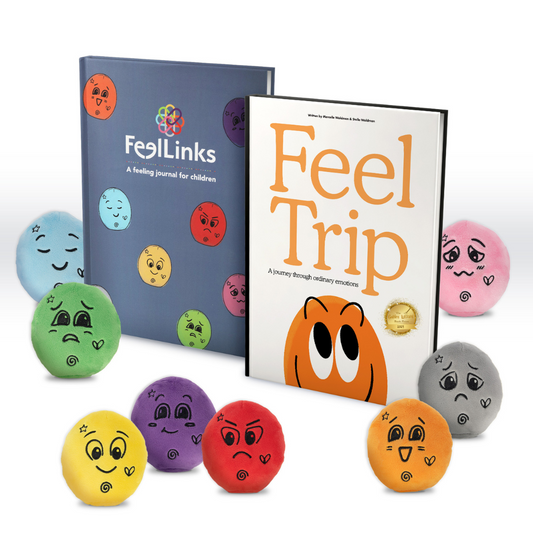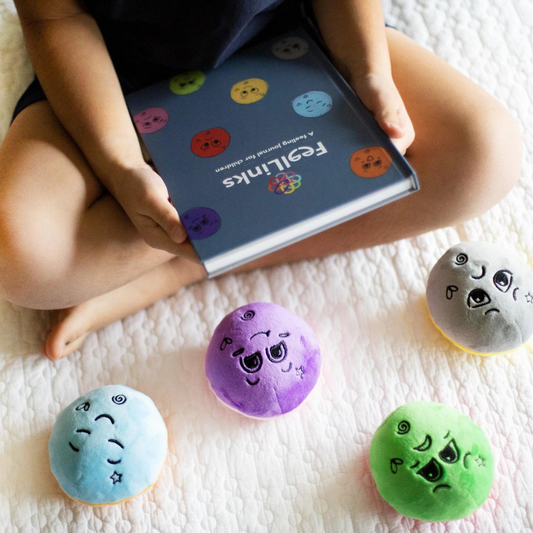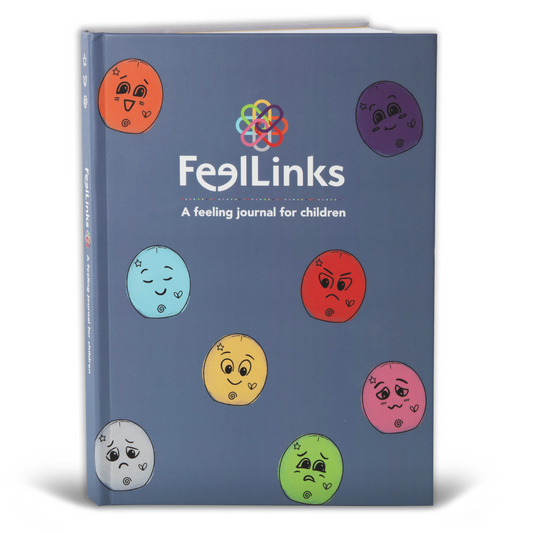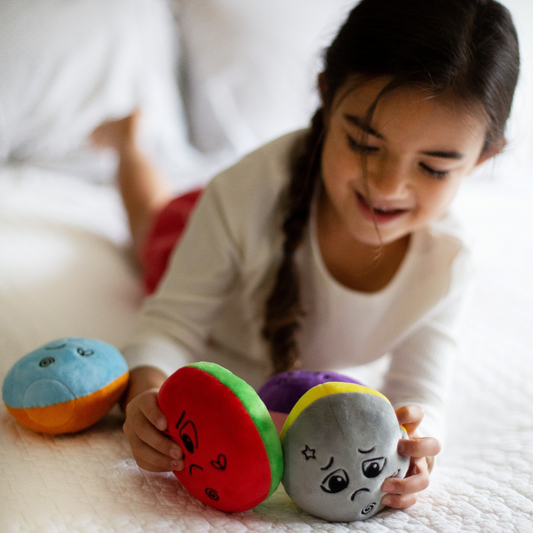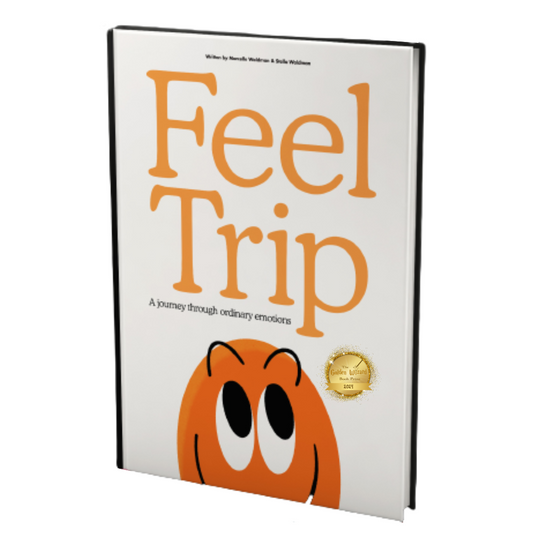The Power of Hands-On Learning
Share

I am in the midst of reading The Anxious Generation: How the Great Rewiring of the brain is causing an epidemic of Mental Illness, by Johnathan Haidt. In the book, "social psychologist Jonathan Haidt lays out the facts about the epidemic of teen mental illness that hit many countries at the same time. He then investigates the nature of childhood, including why children need play and independent exploration to mature into competent, thriving adults. Haidt shows how the “play-based childhood” began to decline in the 1980s, and how it was finally wiped out by the arrival of the “phone-based childhood” in the early 2010s. He presents more than a dozen mechanisms by which this “great rewiring of childhood” has interfered with children’s social and neurological development, covering everything from sleep deprivation to attention fragmentation, addiction, loneliness, social contagion, social comparison, and perfectionism. He explains why social media damages girls more than boys and why boys have been withdrawing from the real world into the virtual world, with disastrous consequences for themselves, their families, and their societies."
This book has only furthered my own convictions behind why I created FeelLinks materials as hands-on resources supporting children's learning around emotions.
Hands-on learning is such a powerful tool that engages children in active learning. By physically interacting with materials, children can better grasp abstract concepts and retain information more effectively.
Here are just some of the reasons hands-on learning at home, in the classroom, and out in our world, becomes the most important way for our unique and diverse children to engage, participate, retain, and use their critical thinking skills!
Enhanced Engagement and Interest
Hands-on learning materials transform passive learning into an interactive learning experience. When children manipulate objects, conduct experiments, or build models, they become active participants in their learning experiences. This engagement not only makes learning more enjoyable but also fosters a deeper interest in the subject matter. For instance, using a model to demonstrate the solar system can captivate students far more than a diagram in a textbook, sparking curiosity and a desire to explore further.
Improved Retention and Understanding
The tactile experience of hands-on learning can significantly enhance memory retention rates by up to 85%! Studies have shown that children who learn through doing often remember the material better than those who rely solely on listening or reading. This is because manipulating objects requires active thinking and problem-solving, reinforcing the learning process. For example, in a math class, students who create geometric shapes from marshmallows and toothpicks are more likely to remember the the names and attributes of each shape vs. those who only look at them and read about them in their textbook.
Critical Thinking and Problem-Solving Skills
Hands-on learning encourages children to experiment, make mistakes, and learn from them. This process is crucial for developing critical thinking and problem-solving skills. When learners face challenges during a hands-on activity, they must think creatively to find solutions. This type of learning cultivates resilience and adaptability, preparing our children for real-world situations where these skills are invaluable.
Diverse and Inclusive Learning
Each and every child has a unique learning style. While some may excel through auditory (listening) or visual (seeing) learning, others may find kinesthetic (movement) learning more effective. Hands-on materials cater to these diverse needs by providing an alternative way to understand and internalize information. This inclusivity ensures that all students have the opportunity to succeed, regardless of their preferred learning style.
Bridging the Gap Between Theory vs. Practice
Hands-on learning bridges the gap between theoretical knowledge and practical, real-world application. In fields such as engineering, medicine, and science, understanding theory is important, but the ability to apply that knowledge in practical situations is crucial. By engaging with hands-on materials, students can see the real-world implications of their studies, making the learning experience more relevant and meaningful.
Hands-on learning materials offer numerous benefits that enhance the educational experience at home, in our schools and out in the world. By fostering engagement, improving retention, developing critical thinking skills, catering to diverse learning styles, and bridging the gap between theory and practice, they empower our children to become active learners. We must continue to incorporating hands-on methods to provide a dynamic and inclusive approach to learning.
So now is the time to be more vigilant in keeping hands-on materials and play central focuses in our homes, classrooms and communities.
Improved Collaboration
Hands-on learning can often involve group projects and teamwork - this can be in school with peers and at home with siblings, parents, or friends. This collaborative environment helps students develop communication skills and learn how to work effectively with others.
Enhanced Creativity
Hands-on activities encourage children to think creatively and explore new ideas. This freedom to experiment fosters innovation and allows learners to think outside the box.
Why FeelLinks?
Here are FeelLinks hand-on resources and a bit about what each will do in supporting your child/students/patients!
FeelLinks Plush Emotion Dolls:
broaden emotional vocabulary, classroom/at home morning meetings, listening to others, building awareness of others emotions, cultivating empathy, strengthening relationships, regulation tools, pretend play, problem solving tools, reflecting...
Creative drawing, writing, dictation, opening up communication, shared experiences, emotional vocabulary, thinking, reflecting, problem solving, tangible keepsakes, building up self-confidence...
Feel Trip: A Journey Through Ordinary Emotions book: (Award winning!)
Tangible, broaden emotional vocabulary, hidden pictures to search for, add kinesthetic movement with the repetitive text (head, heart, belly), family/peer reading together, opening up communication, text-to-self connections...
Photo by: Lucid Layout Photography

